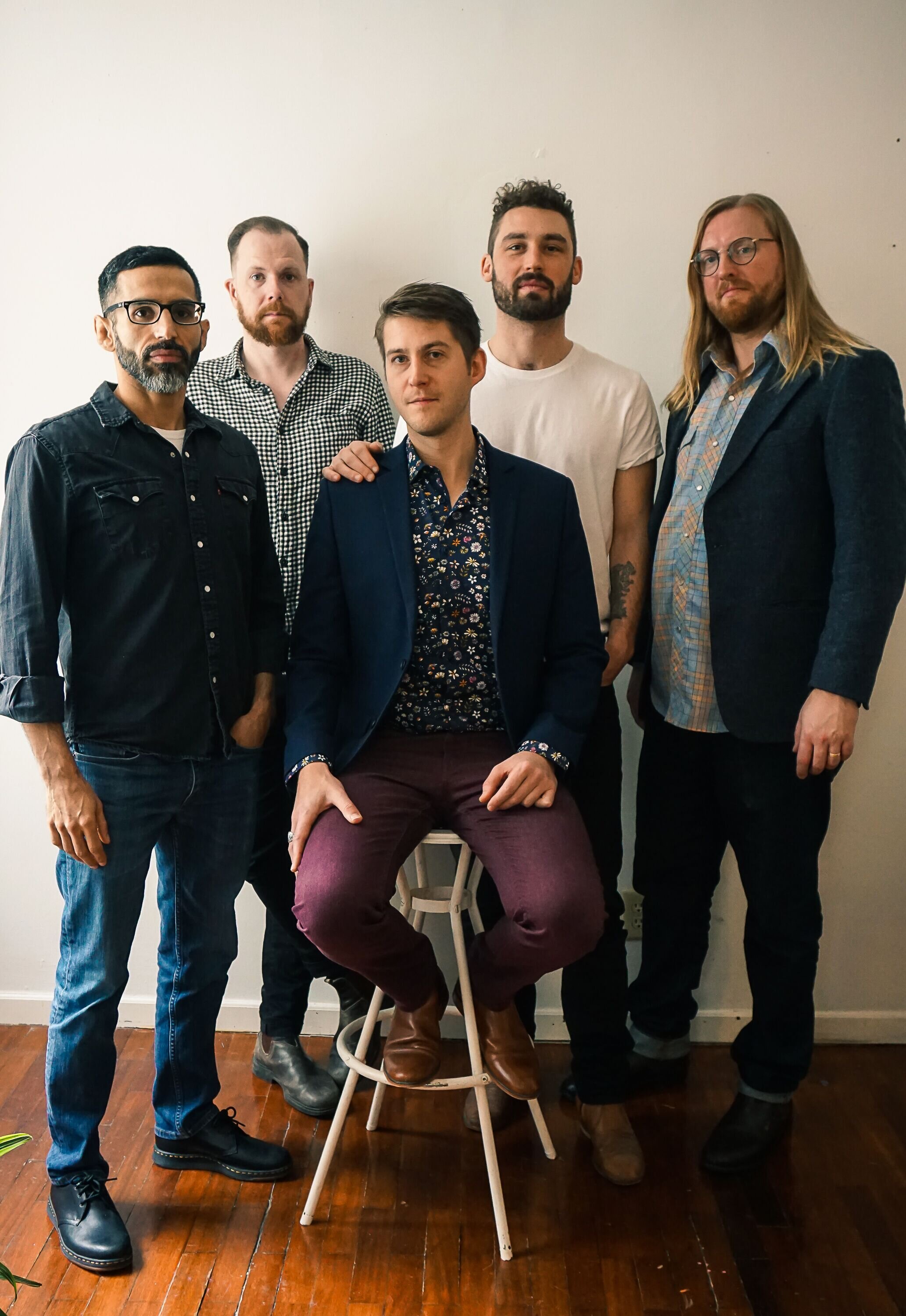American Studies - “Panama City Blues” - Featured Artist

In March 2020, right in time for spring break, American Studies will release its debut single, “Panama City Blues.” A jukebox juxtaposition, “Panama City Blues” takes Larry and the Loafers 1960 rock-n-roll obscurity of the same name and turns it into a modern, vibrant, and psychedelic club anthem — engaging a new set of teenagers and college students in much the same way it did in the century prior. In other words, it’s Beach Blanket Bingo gone Beach Blanket Banger! And there will be more to come when American Studies drops its first LP later this year.
Like “Panama City Blues,” American Studies, the duo of Bryant Saxon and Ryan “Inkline” Howell, works within a collision of styles and sensibilities – both rooted in a love of obscure records. Encouraged by his father, Saxon (who owns and operates the Earth Libraries label), was introduced to the world of record collecting in the mid-90s – particularly the sounds of 1950-60s rock-n-roll and R&B. Howell is a noted musician, producer, and emcee, known primarily for his solo work as Inkline, and as one half of punk-forged hip hop mavericks, Nerves Baddington.
Though Earth Libraries is committed to a broad range of new artists (new albums by Human Beat, Burnin’ Moon, Seriously, Bitter Calm, and the forthcoming Wray album are all worth your attention), the idea of making new songs by sampling the original recordings that Saxon and his father had uncovered, collected, and preserved, became a passion project of its own. To get the ball rolling, Saxon sent a set of recordings to Howell. The collaboration quickly produced interesting results thanks to the contrast of vintage guitar tones and vocal styles with beats influenced by world music and modern R&B – all while adding complex layers of psychedelic effects. Knowing they had sculpted something fresh and unique, American Studies officially came into being.
To bring the source recordings into the digital realm, Saxon and his father had long ago began the work of carefully recording the best known copies of these records and then meticulously removing pops, clicks, and surface noise – elevating the audio to a quality worthy of the original master recordings. The remastered tracks were then shared via CD-Rs to other record collectors but rarely surfaced to official releases, except for an occasional appearance on bootleg European compilations.
To make sure that the releases were authorized, and the stories of recordings could be fully told, Saxon began the arduous process of tracking down the original artists. In time, he began to forge relationships with these artists, who now range in age from 70 to 90 years old.
The ultimate payoff from that hard work will be these lost classics – and their modern offspring – finding the audience they so richly deserve. History lessons rarely slap like this!





